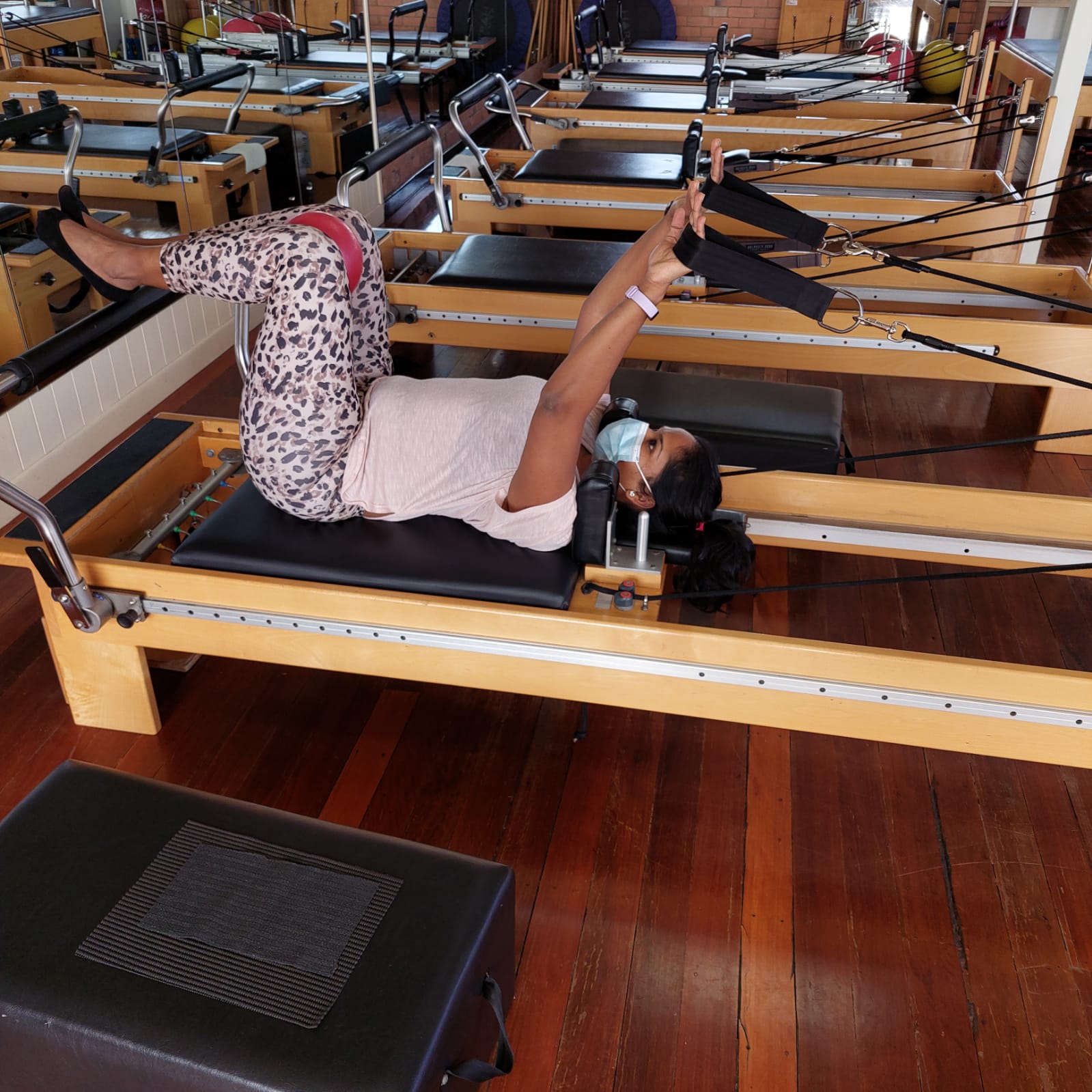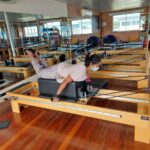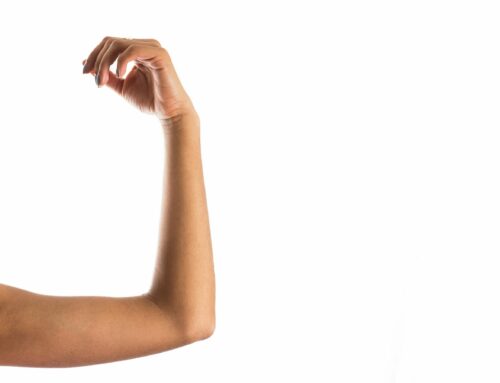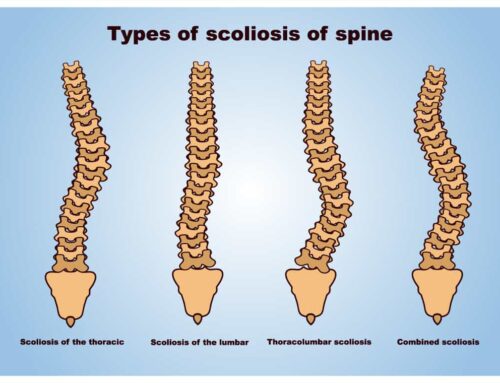Would you have guessed that 80 per cent of people living with incontinence are women! That’s a big percentage. Now most of them will experience it after childbirth and menopause. Yet, there are not as many of them coming forward to seek help for incontinence. I can understand being a woman and a mother. It’s embarassing. I get it. But once you decide to take that first step towards healing yourself, the journey becomes easier. Especially when you have someone helping you in the process. With so much unnecessary attention on women losing weight quickly post pregnancy, it’s important that you understand that it’s ok to go slow. Here are 3 reasons why reformer pilates is a great path to get you on your journey to recovery from incontinence.

Pilates is low intensity-great for incontinence
Reformer pilates has almost no impact on your joints. Which means that all the movements are designed to focus entirely on your muscles. So if you have incontinence due to pelvic floor weakness after pregnancy or menopause, it’s a great way to strengthen your muscles. The movements are slow and controlled making you use the right muscles. With so much pressure to lose weight after giving birth, women are often forced to get into high intensity boot camp style workouts. For sure squat jumps and burpees will make you lose weight but at what expense? High intensity exercises are shown to put tremendous pressure on the pelvic floor causing incontinence.
You don’t have to do 50 repetitions to get rid of incontinence with pilates

One thing that you’ll really need to do is focus! Concentrating on doing the movements as best as you can is one of the core principles of pilates. And because you’re focusing on quality rather than just getting 50 burpees done, you don’t have to do more than 6-8 repetitions to start with. That’s the beauty of reformer pilates! This is perfect to train weak pelvic floor muscles that cause incontinence. Because they are small so a lot of repetitions can tire them easily.
Reformer pilates increases stability and strength of the pelvic floor muscles

Now don’t think for a second that just because pilates is slow and controlled, it won’t make you work hard. The whole principle of pilates is to focus on the trunk muscles. Joseph Pilates, the founder of Pilates , actually considered the trunk as a “power house” for the whole body. Because of this, all the movements are designed in a way to stimulate your muscles to grow including the pelvic floor muscles. So by doing reformer pilates, you’re actually working on strengthening not just the core but also your pelvic floor muscles. And we know that incontinence is because of weak pelvic floor.
So if you’re suffering from urinary or stress incontinence , please take the first step and ask for help. Get your complete assessment and an individualised program to get started with reformer pilates now!





